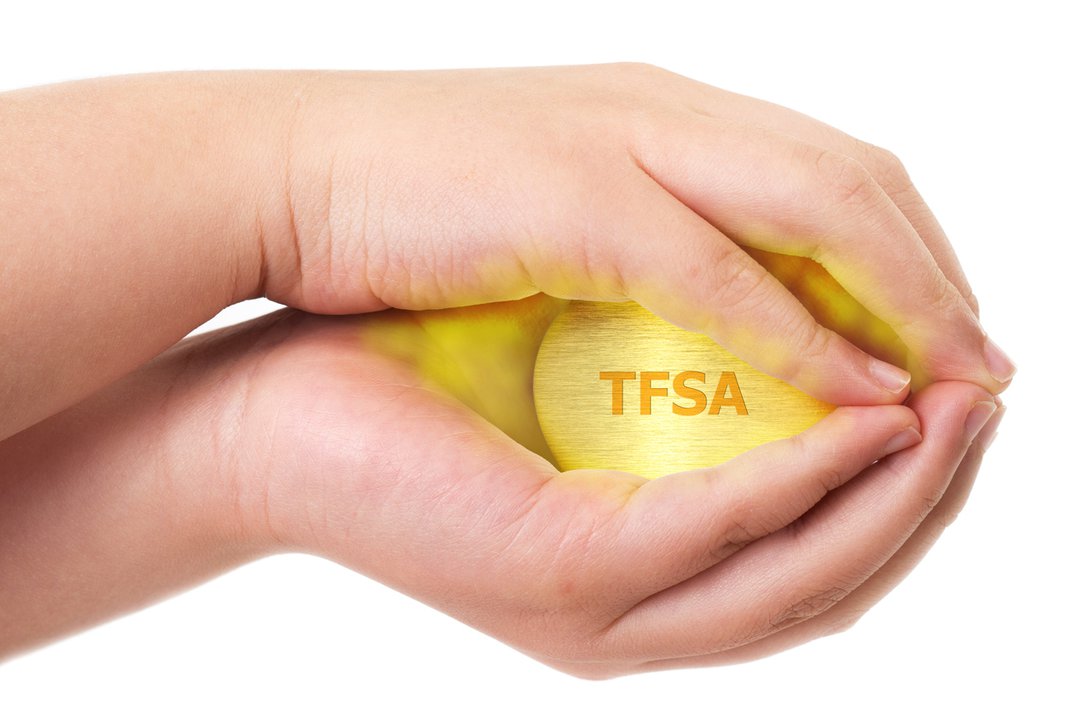
ROB CARRICK
Nov. 24, 2020
The annual contribution limit for tax-free savings accounts in 2021 has been set at $6,000, which should sound familiar because it’s the same amount as for this year and 2019.

iStock-530459971.jpg
We could see more of that $6,000 limit in the years ahead if the federal government is looking for ways to bring its finances back into balance after the pandemic spending surge.
Freezing the TFSA cap limits the ability of people making maximum contributions every year to shelter additional savings and investments from tax. But only a minority of people would be affected, even among those with high incomes and middle-aged people in their peak earning years.
TFSAs are the Great Canadian Tax Shelter in that they allow people aged 18 and up to save or invest money and pay zero tax on their gains inside the account or when withdrawn. Almost everyone should have a TFSA, whether they’re saving for a house down payment, investing to build wealth or putting money away for retirement.
Annual changes in TFSA contribution limits are tied to inflation trends and rounded to the nearest $500. The last increase, in 2019, brought the ceiling to $6,000 from $5,500. TFSAs appeared in 2009 with a limit of $5,000. Aside from a brief one-year jump to $10,000 in 2015, growth in TFSA contribution limits has been slow because of modest inflation.
The pandemic has temporarily lowered inflation even further – the year-over-year rate of price increases in October was just 0.7 per cent. Weak inflation may not last, though. There’s concern that high levels of spending to fight the pandemic by governments around the world will feed future price increases. If that were to happen, TFSA limits could rise more than we’ve ever seen in the past.
Canada Revenue Agency numbers show that there were 14.1 million TFSA holders in 2017, the most recent year covered. Just over 1.4 million maximized their contributions that year, or 10 per cent. A little more than four in 10 TFSA holders made no contribution at all.
The higher your income, the more likely you are to max out your TFSA year by year. CRA numbers show that maximum contributions in 2017 were made by just 8.4 per cent of people with incomes of $25,000 to $29,999 and 12.3 per cent of people making between $70,000 and $79,999. At $100,000 to $149,999 in income, 15.1 per cent of people maxed out. The comparable numbers for incomes of $150,000 to $249,999 and $250,000 and up were 22 per cent and 33.4 per cent, respectively.
If you look at contribution patterns by age rather than income, you find that the likelihood of maxing out a TFSA increases as people get older. But only a minority of people at any age group are able to maximize their TFSAs.
In 2017, the maximum was contributed by 2.6 per cent of people aged 25 to 29, 6.8 per cent of people aged 45 to 49 and 12.5 per cent of people aged 55 to 59. People who were 75 and older were most able to use all their TFSA room – close to 20 per cent of them did so.
The financial industry has been spending a lot of time lately bracing its high-net-worth clients for the possibility of higher taxes in a postpandemic world. Higher taxes are in no way a fait accompli, but speculation continues around tax increases on capital gains and a wealth tax for country’s most affluent people.
TFSAs have mostly been left out of this analysis – why? The federal Liberals campaigned in the 2015 election on rolling back the $10,000 contribution limit introduced by the Conservatives and promptly kept that promise for 2016 and onward once in office.
TFSAs are hugely popular and widely used. Changing how they work is politically risky – not as much as taxing principal residences, but still considerable. Freezing the TFSA limit makes sense, though. It’s milder than lowering the limit or capping total lifetime contributions, and it mainly hits high earners. Call it a nearly painless tax increase.
This Globe and Mail article was legally licensed by AdvisorStream.
© Copyright 2024 The Globe and Mail Inc. All rights reserved.


